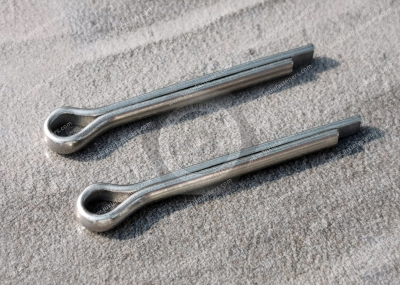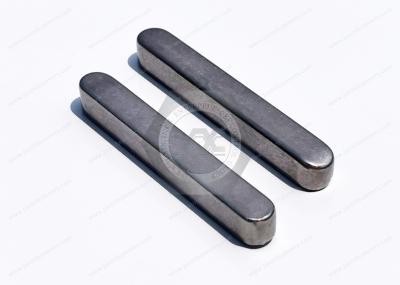Call Us
+86 136 6007 9809
Call Us
+86 136 6007 9809
Nov. 04, 2023
A dowel pin is a joint connecting part widely used in mechanical equipment and engineering structures. It has the advantages of simple structure, easy installation, strong bearing capacity, and so on, so it has been widely used in various industries. This article will introduce the installation method of the cylindrical pins and give some practical suggestions.
Some preparatory work is required before the installation of dowel pins. First, we should check whether the size and shape of the cylindrical pin meet the requirements to ensure that it and the corresponding hole fit well. Secondly, cleaning and lubricating the corresponding holes and pin surfaces is necessary to reduce friction during installation. Finally, it is essential to choose suitable installation tools, such as hammers and clamps, to ensure the smooth progress of the installation process.
When performing the installation, first insert the cylindrical pin into the corresponding hole. Keep the cylindrical pin aligned with the hole's axis during insertion and avoid skewing. If the insertion encounters more excellent resistance, you can use a hammer to gently tap the head of the cylindrical pin so that it slowly enters the hole. However, the tapping force should not be too large to damage the cylindrical pin or the hole's surface.
When the dowel pin is inserted into the hole, fixing measures are required to ensure its firm connection. There are two commonly used fixing methods: one is to cut a keyway through the end of the pin and then insert a key into the keyway to form an inevitable friction between the cylindrical pin and the wall of the hole to realize the fixing; the other is to drill a hole through the end of the pin, and then insert a pin into the hole, to fix the cylindrical pin and the wall of the hole. Both fixing methods must choose the appropriate method according to the specific situation and ensure that the fixing is firm and reliable.


After the installation, the cylindrical pin also needs some checks and adjustments. First, we should check the fit between the cylindrical pin and the hole to ensure the clearance is appropriate, neither loose nor too tight. Second, we must check whether the fixing measures are adequate to ensure that the cylindrical pin will not be displaced or dislodged during use. Finally, lubrication should be carried out to reduce friction and wear and prolong service life.
The installation method of the cylindrical pin includes the steps of preparation, insertion into the hole, fixing, and adjustment. In practice, attention must be paid to selecting appropriate tools and improving measures to ensure smooth installation. At the same time, it is also necessary to regularly check and maintain the cylindrical pin to ensure its regular operation and service life. I hope that the introduction of this article can help readers better understand and master the installation of cylindrical pins.
If you are looking for high-quality automotive fastener screws & all kinds of plastic fasteners or technical support for structural design, please get in touch with me. Use our new Product Finder tool, download our Product Catalog, and let us help you get custom parts.adelajonly@gmail.com. Thanks. Website: www.juxinfasteners.com
Contact Us
Tel.:
+86 020 8621 0320
+86 020 3121 6067
Technical Support:
Navigation
SEND INQUIREY